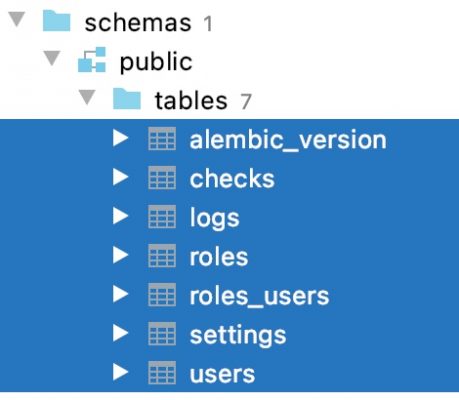Raccoon Flash Explorer
Unusual Spi Flash and i2c Eeprom programmer | The chip is visible as a file on a USB flash drive
Recently, based on the not very popular and very cheap STC8H8K64U microcontroller, I developed this toy for simpler, more convenient, and cross-platform work with firmware, mainly for electronics repairmen.
The operating speed turned out to be higher than that of some very well-known higher-class programmers, and higher than that of all those in the category of the simplest and most accessible.
This is at a cost lower than that of the Arduino Uno and very close to the CH341.
So to speak, import substitution of people's programmers.
The unusual thing is that the microcircuit works like a simple file on a simple USB flash drive.
It supports user change of SPI flash status registers, and in general is a fully functional device (although at the time of writing the post it is in beta and software is being finalized), and not another DIY USB flash drive on the XXX platform.
All functionality is also available when working on any OS and does not depend on it.
You can copy or replace the firmware by simply dragging and dropping, or directly open the dump in a hex editor or the required software.
Works on almost any device with any OS that understands USB flash drives.
8MB reads in 12 seconds, writes in 36 seconds and higher, it all depends on the chip itself.
In addition, it automatically detects the microcircuit and its power supply (no need for a 1.8V adapter), and selects the frequency for Spi flash drives from 1.7 to 22 MHz (important for in-circuit firmware using a clip).
Enhanced support for the clip is being prepared, the mode is already being tested and hooks up many more boards than the others.
It has foolproof protection and it will be quite difficult to burn anything.
In addition to the existing capabilities, you can add support for any other microchips or operating modes, sometimes with external software (programmer, debugger, USB-GPIO, multi-channel logger of digital or analog signals, …), as far as the speed is enough for comfortable work with them, since despite the small memory capacity of the microchip, changing or updating the firmware also occurs via USB by pressing one button in the updater program.
There are no chip databases, all data is generated on the fly. Due to this, the list of supported chips without manual addition is much larger, and includes any de facto standard signatures.
You only need to add manually those that the generation algorithm does not take, and they are added as a whole family at once, and not individually.
There will also be manual input of the chip, or rather only its name, printed on the case, the rest of the parameters will be generated. This is for cases when you need to work right now, and you can’t wait for an update with chip support.
Additional functionality is built in – PC initialization tester, there may be other functions.
Works on Windows, Linux, Android, and partially (read only) on Mac.
Appearance and screenshots of work via PC:
Hidden text
Video:
Hidden text
Screenshots of work via phone and TV:
Hidden text
I am posting this article for discussion and evaluation of opinions, since the programmer is the first of its kind.





